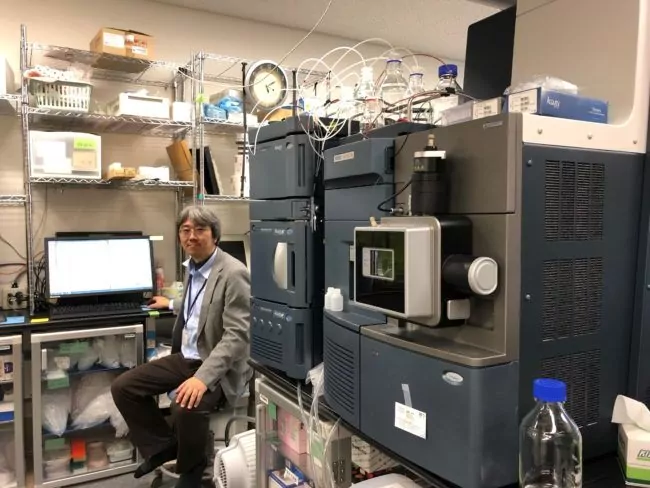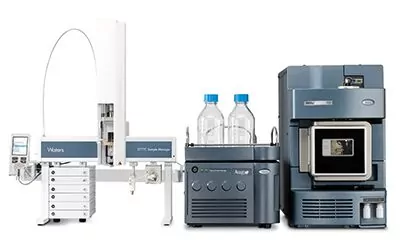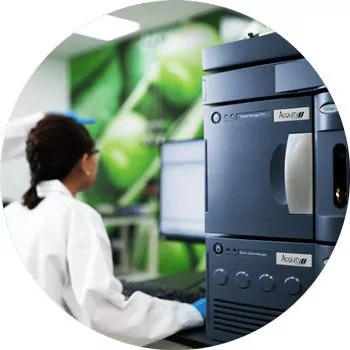Search the Blog
When Resolving Minor Differences in Protein Therapeutics Can Have a Major Impact
Scientists from Waters and Pfizer collaborated to take on the challenge of engineering a novel reversed-phase LC column for high-throughput separations with enhanced resolution, selectivity, and recovery of target mAbs and ADCs.
Data Integrity Matters | Limiting Access to Tools That Could Be Used to Manipulate Data (Part 2)
What procedures can an analyst use to ensure that a chromatography system is ready to begin analyzing samples, without the fear that the system suitability tests would immediately fail?
11th ISNS European Regional Meeting, Bratislava Slovakia; An Overview
Reflecting on a common concern in newborn screening: Reliability.
Enhancing Analytical Productivity by Breaking Down Silos (Part 2)
For biopharmaceutical organizations working with contract labs, it's important to consider how data and methods will be transferred and how generated data will be managed so that it meets data integrity and compliance requirements.
Oligonucleotide Analysis Supports Exciting Therapeutic Approach
In Japan, Professor Masanori Kataoka finds that the ACQUITY QDa Mass Detector is suitable for the synthesis and analysis of oligonucleotides – and sees ways to expand its use.
Advancing Diagnostic Screening with the RenataDX Screening System
Waters’ legacy of purposeful innovation continues with the recently introduced RenataDX Screening System, a flow-injection tandem mass spectrometry system for high-throughput analysis of extracted dried blood spots and other physiological matrices.
The Historical Role of Mass Spectrometry in Newborn Screening
Newborn screening for inherited metabolic disorders dates to the early 1960s when Dr. Robert Guthrie in Buffalo, New York developed the first screening test for phenylketonuria (or PKU), a metabolic disease in which patients can’t metabolize the amino acid phenylalanine.
Nourishing Food and Water Research
Opening this week in Singapore is a new resource for scientists in the challenging position of needing analytical insights as part of their food and water research, but who lack access to state-of-the-art instrumentation ... we’re so excited we wanted to share a preview!






